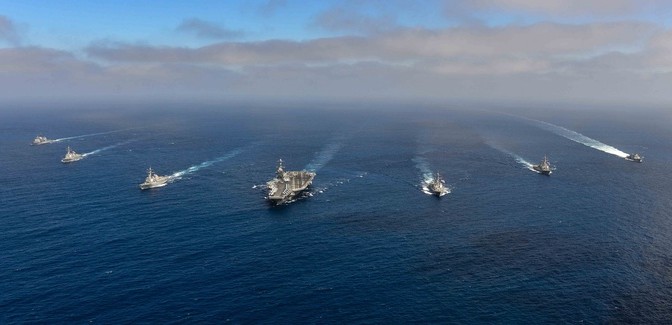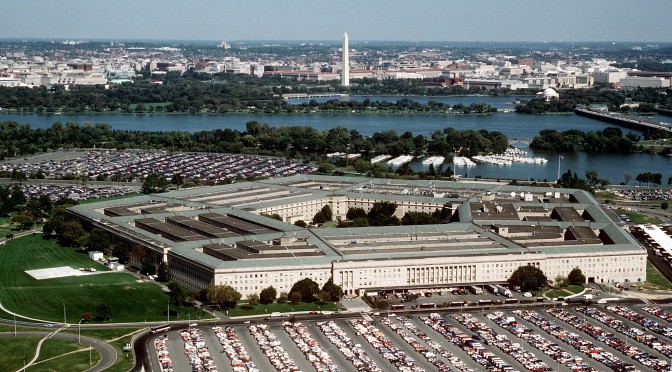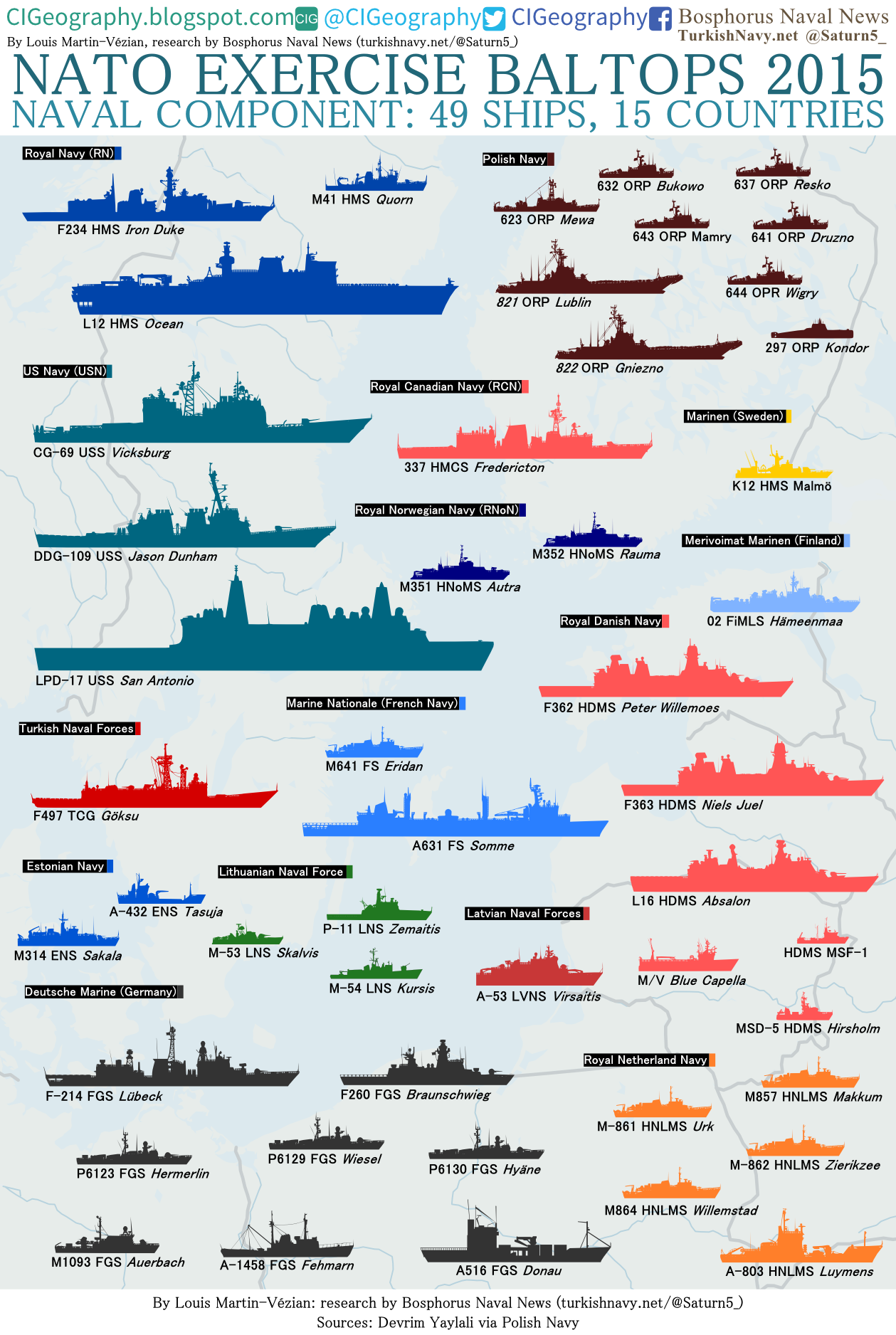Week Dates: July 6-10
Articles Due: June 30
Article Length: 500-1500 words
Submit Articles to: nextwar (at) cimsec.org
Since the leaders of the Surface Navy unveiled the concept of
Distributed Lethality in January 2015, the idea has been met with
enthusiastic support. The basic premise behind Distributed Lethality is that the Surface Navy can increase its combat power by distributing it across more platforms. By threatening the adversary with more, capable platforms, the Distributed Lethality concept forces the adversary to spread his intelligence, surveillance, and reconnaissance (ISR) assets thin and complicates his targeting problem against U.S. Navy assets. As Rear Admiral Peter Fanta, Director, Surface Warfare, put it, “if it floats, it fights.”
Distributed Lethality implies a radical shift in the way we train our Sailors, deploy our forces, and equip our ships. Distributed Lethality will require a fundamental change in the way the U.S. Navy thinks about projecting firepower. For decades, the centerpiece of U.S. Naval operations has been the Carrier Strike Group. Some may see Distributed Lethality as the answer to China’s and other’s Anti Access Area Denial (A2AD) strategy, which is apparently designed to keep U.S. Navy aircraft carriers out of the East and South China Seas. Along the same lines, there are those outside the Surface Navy that suspect Distributed Lethality may be in part a way to wrest control from an often dominant aviation community. Whatever the case is – Distributed Lethality is here and moving forward.
During the first full week of July, CIMSEC will host a series focused on the implementation, opportunities, and challenges of Distributed
Lethality. Contributions may address programs already in place,
existing technology that could be reoriented toward Distributed
Lethality, new tactics or technologies that might enhance the concept, or some other facet of Distributed Lethality. How can Distributed Lethality defeat the A2AD strategy? What will Distributed Lethality Command and Control look like? How will logistics work? Should Distributed Lethality be employed only by the Surface Navy? Or should it be a Navy-wide concept of operations?
Publication reviews will also be accepted.
James Drennan is a Surface Warfare Officer and a Distinguished Graduate of the Naval Postgraduate School’s Systems Engineering Analysis program.





 In this week’s Sea Control: Asia Pacific, Natalie Sambhi brings you essential updates from Southeast Asia, beginning with Bloomberg’s Indonesia correspondent
In this week’s Sea Control: Asia Pacific, Natalie Sambhi brings you essential updates from Southeast Asia, beginning with Bloomberg’s Indonesia correspondent 
